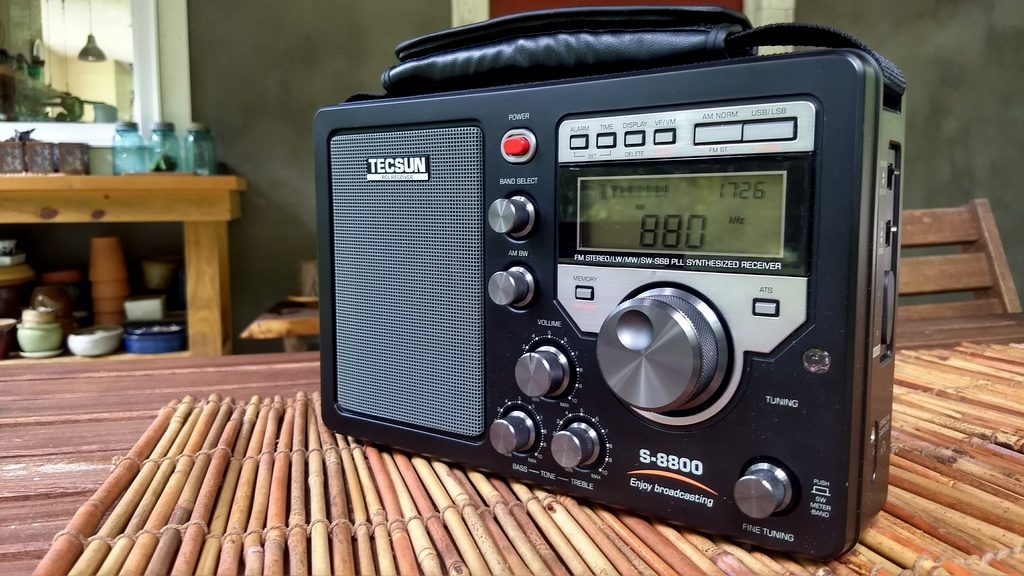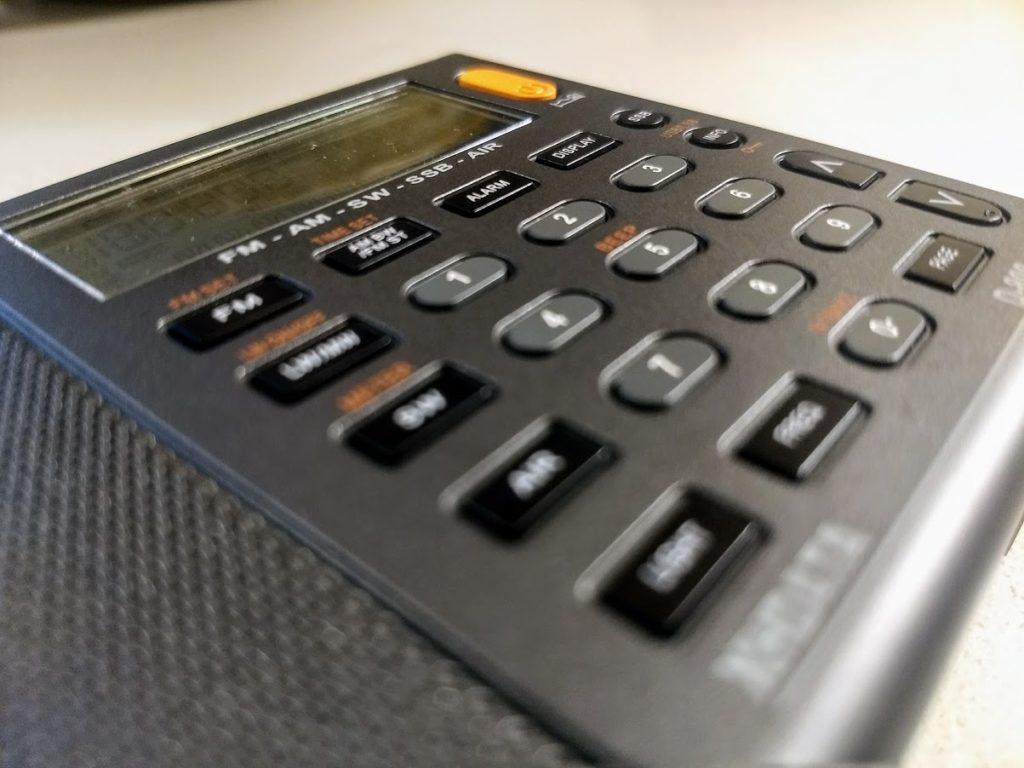(Source: Radio World via Michael Bird)
HANS JOHNSON ? APR 23, 2019
SYDNEY — Radio Australia shortwave services may be dead, but the medium is alive and well on the continent.
Reach Beyond Australia is on shortwave, but with its Christian programming largely in foreign languages, it really isn’t seen as representing Australia on the shortwaves. But there are other private Australian stations that are broadcasting and more are planned.
And while these stations are not a replacement for Radio Australia’s international transmissions or the defunct (for the moment) Australian Broadcasting Corp. domestic service, they do have various goals and share certain characteristics.[…]
4KZ is a shortwave relay of an Innisfail, Queensland, medium-wave station with the same call sign. It is part of the NQ Radio network. 4KZ plays a variety of music and is heavily involved in the community. The shortwave serves remote areas of north Queensland. “We are planning a 90-or 120-meter service for evenings local time, from station 4AM in Mareeba,” explained Al Kirton, NQ Radio’s general manager.
Unique Radio has been on three years and currently broadcasts from Gunnedah in New South Wales. Its owner, Tim Gaylor, has a background in community radio. “We like a station to inform people about alternative subject matters not currently on mainstream media,” he said. Unique Radio also plans to add a night frequency in the 90-meter band.
There are also future stations in the works from New South Wales.[…]







